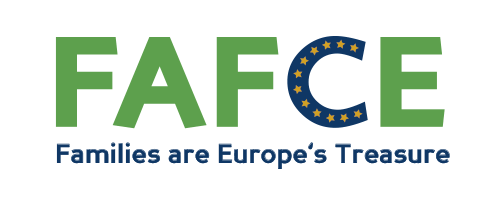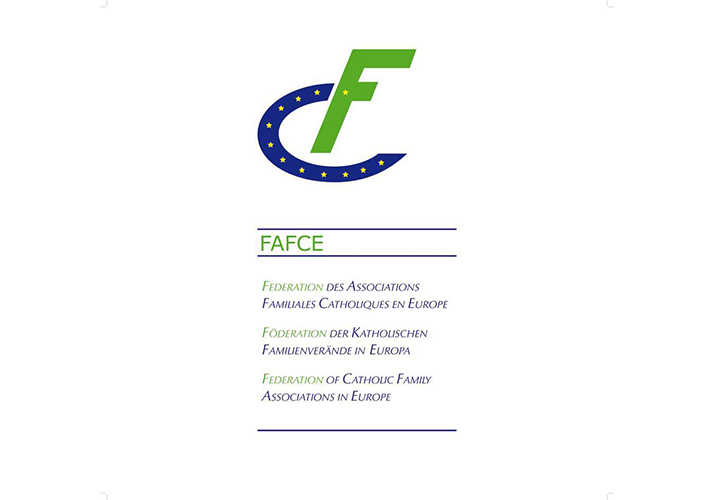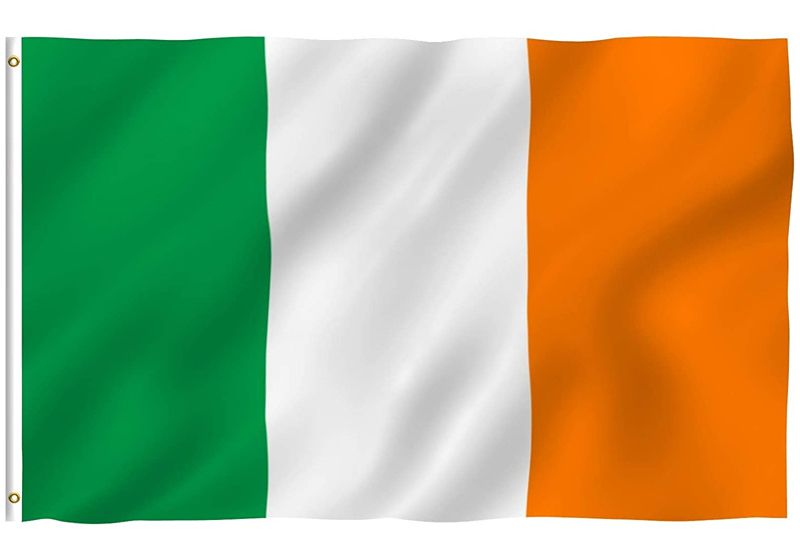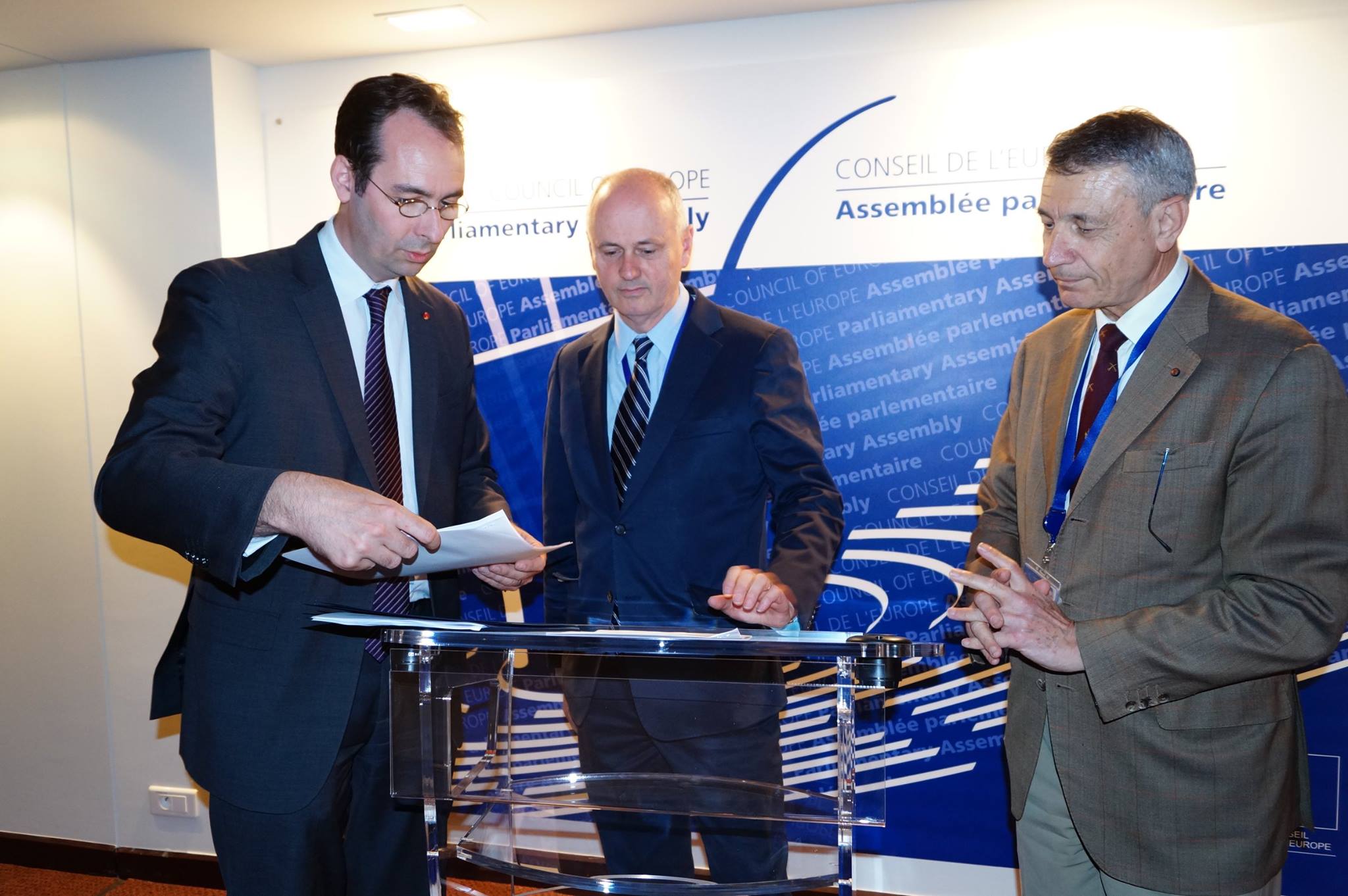Art & Family
The Family is very connected with Art. In this page we would like to encourage families with all their members to live with Art and to make of art by their lives living their faith.
As John Paul II Pope said in 1999 in its Letter to the Artists “Society needs artists, just as it needs scientists, technicians, workers, professional people, witnesses of the faith, teachers, fathers and mothers, who ensure the growth of the person and the development of the community by means of that supreme art form which is “the art of education”. Within the vast cultural panorama of each nation, artists have their unique place. Obedient to their inspiration in creating works both worthwhile and beautiful, they not only enrich the cultural heritage of each nation and of all humanity, but they also render an exceptional social service in favor of the common good.
The particular vocation of individual artists decides the arena in which they serve and points as well to the tasks they must assume, the hard work they must endure and the responsibility they must accept. Artists who are conscious of all this know too that they must labour without allowing themselves to be driven by the search for empty glory or the craving for cheap popularity, and still less by the calculation of some possible profit for themselves. There is therefore an ethic, even a “spirituality” of artistic service, which contributes in its way to the life and renewal of a people. It is precisely this to which Cyprian Norwid seems to allude in declaring that “beauty is to enthuse us for work, and work is to raise us up”.
The distinction between the moral and artistic aspects is fundamental, but no less important is the connection between them. Each conditions the other in a profound way. In producing a work, artists express themselves to the point where their work becomes a unique disclosure of their own being, of what they are and of how they are what they are. And there are endless examples of this in human history. In shaping a masterpiece, the artist not only summons his work into being, but also in some way reveals his own personality by means of it. For him art offers both a new dimension and an exceptional mode of expression for his spiritual growth. Through his works, the artist speaks to others and communicates with them. The history of art, therefore, is not only a story of works produced but also a story of men and women. Works of art speak of their authors; they enable us to know their inner life, and they reveal the original contribution which artists offer to the history of culture. A noted Polish poet, Cyprian Norwid, wrote that “beauty is to enthuse us for work, and work is to raise us up”. The theme of beauty is decisive for a discourse on art. It was already present when I stressed God’s delighted gaze upon creation. In perceiving that all he had created was good, God saw that it was beautiful as well. The link between good and beautiful stirs fruitful reflection. In a certain sense, beauty is the visible form of the good, just as the good is the metaphysical condition of beauty. This was well understood by the Greeks who, by fusing the two concepts, coined a term which embraces both: kalokagathía, or beauty-goodness. On this point Plato writes: “The power of the Good has taken refuge in the nature of the Beautiful”.
Tate Gallery is inviting us to Explore how artists have responded to the theme of Family
National Gallery Art is inviting you to Discover a variety of multi-generational programs
Kids and Families. The Met Museum has so much to offer kids and their families
Surrogacy: the slippery slope towards ‘the right to a child’
Rocio Franch Oviedo In recent years, courts across Europe and, in particular, the European Court of Human Rights (ECHR) have been following a trend in favour of accepting surrogacy in relation to the "child's best interests”. In most cases,
Press Release | Lack of Conscientious Objection Clause for Medical Staff in Sweden – Decision of the European Committee of Social Rights
Brussels, 18 June 2015 Contrary to Resolution 1763 adopted by the Parliamentary Assembly of the Council of Europe (PACE) on 10 October 2011, Medical Staff in Sweden have no legal right to conscientious objection in case of ethically
Press release | Which vision for the future of Europe? The European Parliament moving towards Deep Divide on Critical Issues
Strasbourg, 9 June 2015 Today the European Parliament adopted the Report of the Women's Rights Committee (FEMM) on the EU strategy for equality between women and men post 2015, originally drafted by Maria Noichl (S&D, Germany). As we stated in
Press Release | EU strategy for equality between women and men post 2015. Is there an alternative for our children?
Brussels, 3 June 2015 Tuesday 9 June the European Parliament is going to vote on the EU strategy for equality between women and men post 2015, also known as the Noichl Report, so named for its rapporteur, Maria Noichl
Press Release | Irish Referendum On The Redefinition Of Marriage
Strasbourg, 20 May 2015 Friday 22 May the Irish people is called to vote in a referendum on a possible amendment of the Constitution, which if adopted would redefine marriage from a legal point of view. If the constitutional
Press Release | Rights of late abortion survivors to be considered by Council of Europe Body
Signed by more than 185,000 citizens, the Bureau of the Parliamentary Assembly of the Council of Europe (PACE) formally received the "Petition for the rights of new-borns surviving their abortion", deciding to forward it to the Committee on Legal Affairs and Human Rights.





